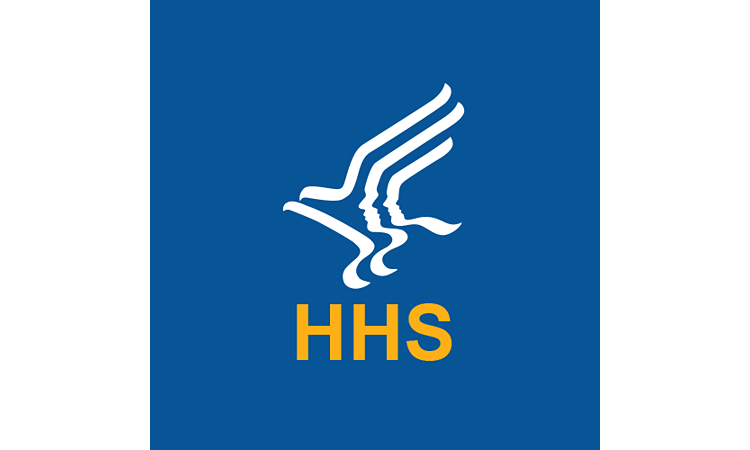2011 Medical Marketing Predictions published in
Medical Marketing & Media, December 30, 2010 — by Matthew Arnold
Will 2011 be the year FDA loosens up and opens the floodgates on a flurry of big new approvals? More seriously, will they get around to issuing social media guidance for pharma before Baby New Year morphs into Father Time again? We have no idea, but we did ask some of the smartest folks we know in medical marketing about their predictions for the industry in 2011.
Here’s what they told us: http://bit.ly/fV5Prv
Start the New Year right. Add your predictions to those of John Kamp, Nick Colucci, and other industry leaders.
John Kamp, executive director, Coalition for Healthcare Communication
- Congress will raise the medical marketing tax issue as it searches everywhere to find revenue. Indeed, a high profile member of Congress will propose the elimination of the deductibility of all marketing costs for all industries. The deficit will simply be too big to ignore, and virtually every good and bad tax idea will be discussed.
- The Federal Trade Commission chairman and Senate Commerce Committee chairman will support strong new digital tracking limits, especially on “sensitive issues” including medical information. New Republican leaders of the House Commerce generic viagra softabs Committee will be less enthused.
- The FDA will publish the first of several documents addressing internet and social media. Although useful, medicine and device companies will continue to be very careful, especially with social media. Independent internet publishers will continue to innovate and create sites that are industry friendly and companies will expand their visibility by advertising on those sites. Progress will remain slower than for consumer goods, but growth on our industry also is inevitable.
- Industry and government payers as well as provider groups will continue to look to medicine and device manufacturers to help them manage their financial risks in insuring and treating patients. Medical manufacturers and their agencies increasingly will be developing programs for payers and providers that foster compliance with best practices and standards of care. Everyone involved will be looking to improve efficiencies by improving patient care. Every industry sector and patients will benefit.
- The FDA and HHS will continue to push for “parallel reviews” of device and drug approvals by FDA and reimbursement decisions by HHS. Everyone involved will be tentative and skittish.
- PDUFA 2012, FDA REMS and HHS Comparative Effectiveness will be on the top of everyone’s list of worries and opportunities.
- Electronic medical records will inch toward reality, creating optimism and consternation everywhere.
Arnie Friede, principal, Arnold I. Friede & Associates
We can expect more, and even more aggressive, enforcement from FDA in general and DDMAC in particular in 2011. I think that the impending social media guidance will be largely unhelpful and will raise more questions than it answers, if it even emerges at all. This is a year when pharma and the agencies that work with the industry ought to be reminded about the need for proactive engagement in FDA legal and regulatory matters. It makes no sense to wait until the defecation hits the ventilation, i.e. to wait until you get a Warning Letter or NOV from DDMAC. It may be too late to fix the problem given all the liabilities that go along with being a recipient of such correspondence. On the contrary, I encourage everyone to anticipate and address problems up front. That is the only way to manage risk reasonably in the current hostile enforcement environment.
Debrianna Obara, VP, media, Razorfish Health
In the digital world of health, more and more brands will focus on distribution of content as opposed to straight display media or search buys. This shift will allow brands who have invested in educational and branded content to amortize that investment by getting more health seekers to interact with that content. The user benefits, as they can interact with valuable information without leaving their trusted 3rd party website of choice (such as AOL/Yahoo!/WebMD).
Dana Maiman, CEO, Draftfcb and CEO/president, Draftfcb Healthcare
More and more clients will be looking for wholly integrated, multi-channel solutions within one agency offering, realizing that bundled services are far more efficient and effective for their brands.
Nick Colucci, president and CEO, Publicis Health Care Group
REMS revolution: REMS will shape the way companies spend their marketing dollars. REMS not only maximize brand value, but help meet the drug development needs of the future.
Acquisitions abound: 18 of the biggest drugs in the world will lose patent protection in the next five years. As revenue from blockbuster brands and mature markets decline, companies can use their balance sheets to “buy” promising portfolios and local companies in emerging markets.
Personalized medicine momentum: personalized medicine has always represented a bet on the future; however, forces now converging suggest its benefits are within reach for patients, payers and providers. We are beginning to see the possibilities, using data to improve personal care. Product marketers need to be prepared to narrow their focus and develop more capabilities in analytics and market access.
Regulatory rigor: new officials promise stiffer marketing enforcement. Warning letters are an immediate reaction and can be sent with a push of a button. Marketers need to be hyper-vigilant and turn around responses and justifications with haste and content to avoid triggering more aggressive Beltway engagement.
Sample reporting: beginning April 2012, pharma companies will be required to report sample-distribution activity. While tracking is not new, we will see turn-key solutions to manage sample compliance proactively. Programs that provide (and verify) access to clinical starters without personal rep visits will be used more frequently to support broad geographical needs.
Alternative reps: physician face-time availability and sales-force resources are diminishing. Still, a need for information demands innovative techniques. Most major pharma companies are now working with outsource providers to achieve their outreach needs. Meanwhile, others are turning to digital sales tools, including e-details, online seminars and virtual-training sessions.
Focus on payers: insurance companies in particular will want to see comprehensive value propositions backing up all claims of clinical efficacy and cost effectiveness with rigorous data and peer-reviewed articles. This means we will have to start considering payer needs as early as Phase II.
Michael Golub, MD, chief medical officer, Digitas Health
It won’t take long for large healthcare systems to gain the ability to mine data from their electronic health records to determine the outcomes related to–and cost-effectiveness of — pharmaceutical products. Look for one or more major pharmaceutical companies to begin exploratory talks with the FDA regarding the criteria that would allow data licensed from large healthcare organizations to be utilized within the marketing arena.
As use of the iPad within healthcare continues to expand, look for disease state education to quickly migrate to iPad-friendly (and similar-device compatible) platforms. These devices offer the benefits of mobile versatility and instant digital channel connectivity (in space and time) with a screen size suitable for integration into the doctor-patient dialogue.
Alfred O’Neill, group VP, client engagement & strategy, Razorfish Health
We’ll see more pharmas following the consumer and letting one person personify the brand in social media, with a better understanding of how to use social media to personify the brand and drive cost-effective patient eCRM. Using the mentor of the Facebook page as “host” and voice of the eCRM adds credibility and humanity where currently most biopharma eCRM is one-size-fits-all.
We may move to a model where a patient advocate is assigned a Facebook or community site attached to it that allows for a different form of engagement with content. The content is RC approved, but the “patient owner” is the face of the Facebook community, and could be the one to encourage signing up for eCRM and other apps to keep the sharing going. Sharing in this sense can be controlled and open fields, adverse events and other hurdles are addressed.female viagra pills




